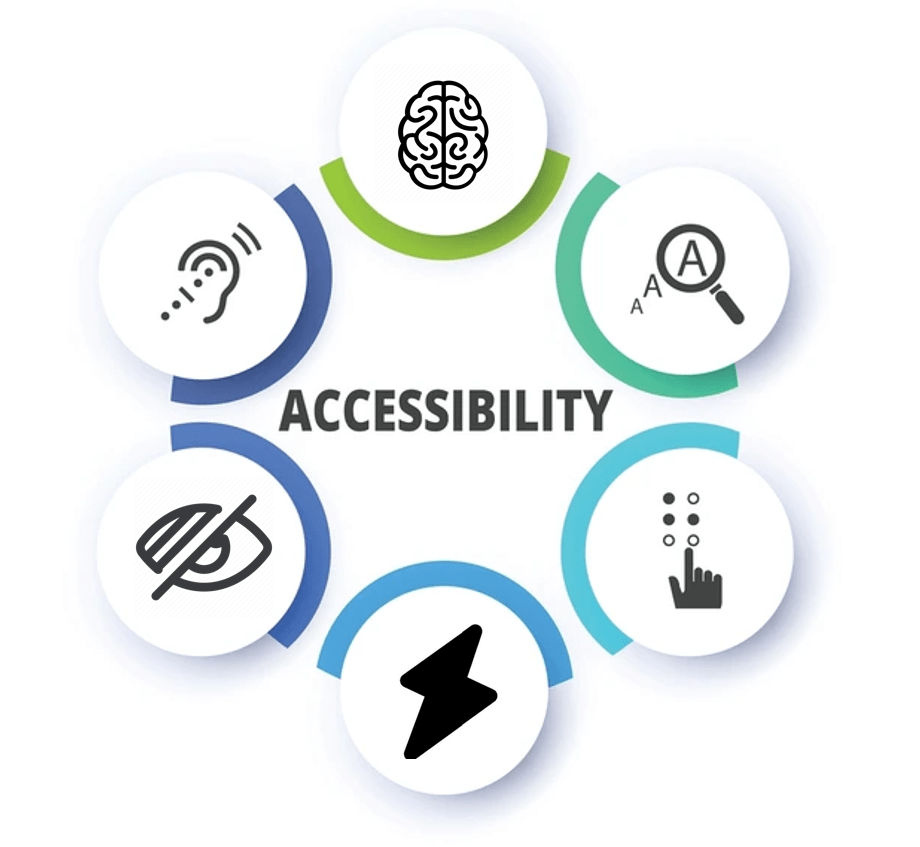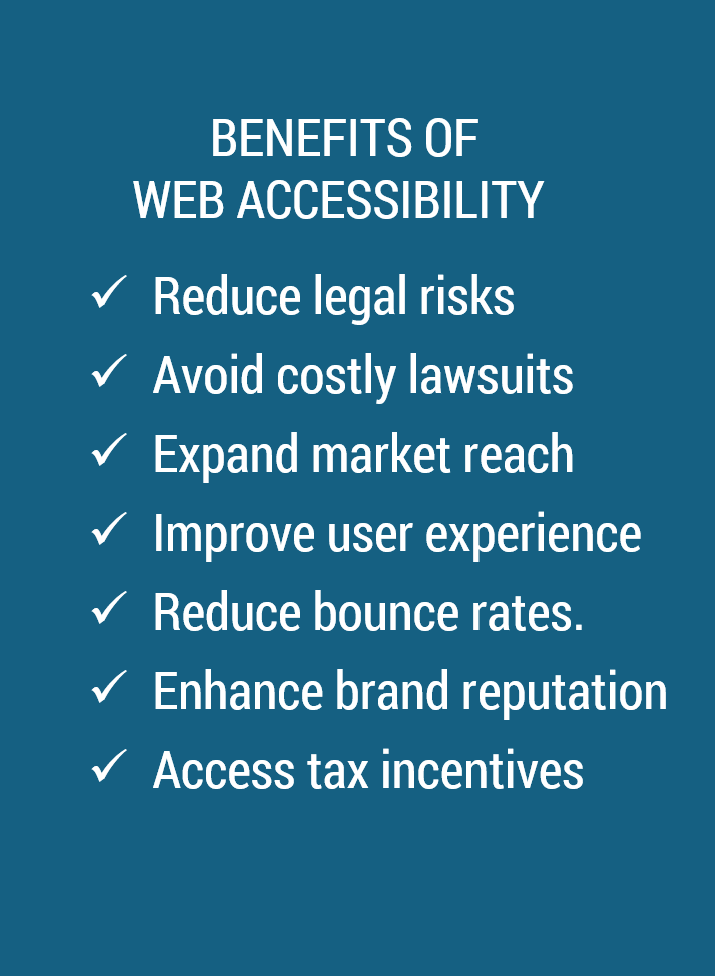Everyone can get to your website
– but can everyone use it?
Your website is the digital front door to your organization.
Marketing activities including advertising, social, email, and events all point back to your website so everyone can learn more.







